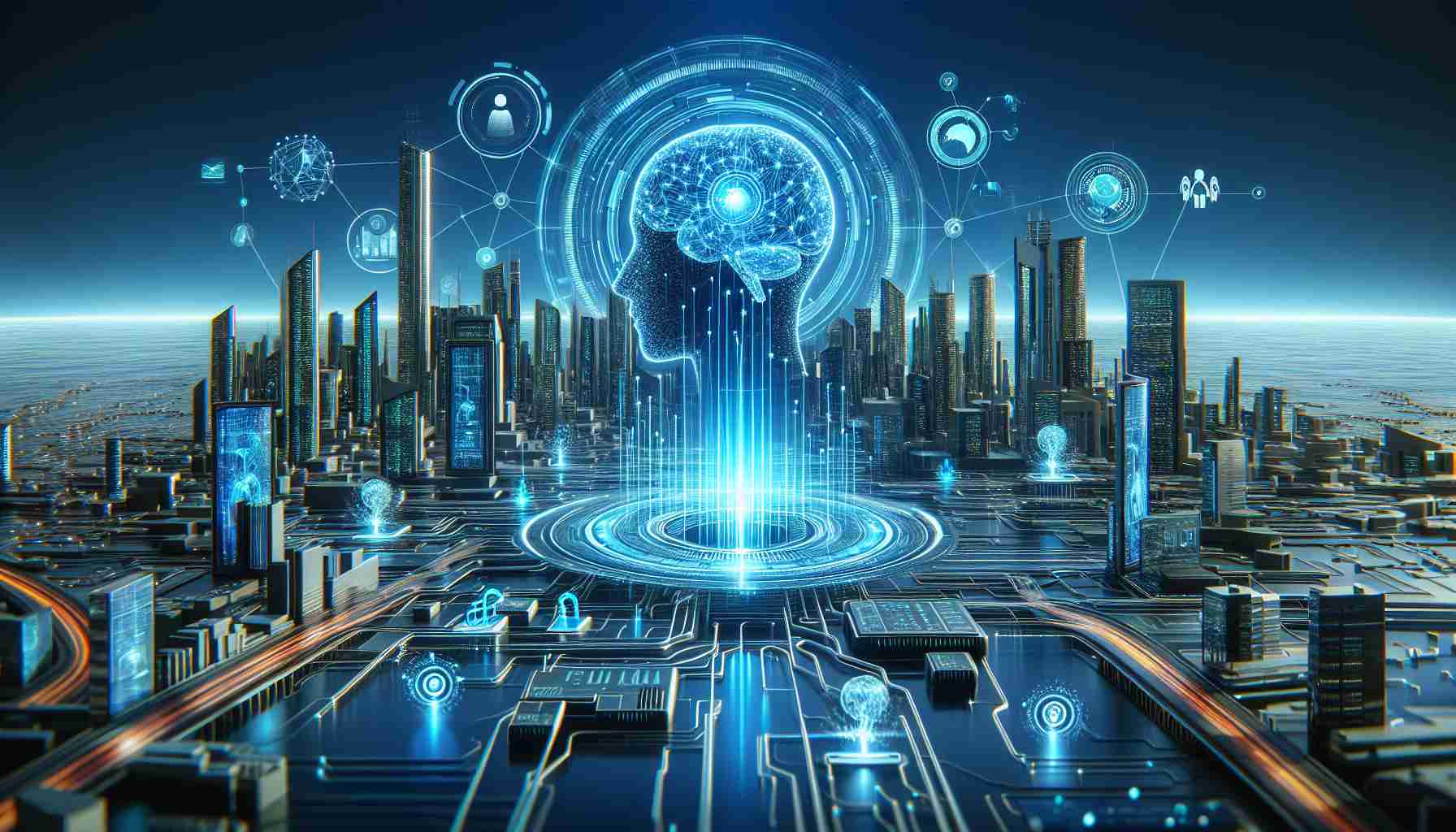In the age of rapid advancements in artificial intelligence (AI), a critical concern arises regarding its environmental consequences. AI is known for its extensive energy consumption, particularly evident in the growing number of data centers worldwide. Such facilities are becoming notorious for their massive electricity demands. A report from the Electric Power Research Institute (EPRI) suggests that by the end of this decade, data centers could account for approximately 9% of the total electricity consumption in the United States, effectively doubling current figures.
Major technology corporations are racing to invest in renewable energy to power their data hubs. For instance, Microsoft has secured agreements for significant nuclear energy purchases, while Amazon is establishing a solar farm in California. Despite these efforts, the growth of clean energy infrastructure fails to keep pace with the skyrocketing electricity needs, forcing many regions to rely on fossil fuels such as natural gas, which exacerbates greenhouse gas emissions.
On a more positive note, AI is being harnessed to combat climate challenges. Researchers are employing AI across various sectors to enhance power grid efficiency, predict natural disasters, and innovate sustainable materials. Funding is being directed towards AI projects aimed at biodiversity preservation and renewable energy optimization.
However, there are concerns about AI’s role in promoting excessive consumption and facilitating fossil fuel extraction. Thus, experts stress the importance of transparent energy consumption metrics for AI systems as humanity navigates the complex balance between benefiting from and mitigating the environmental impacts of artificial intelligence.
Harnessing AI Responsibly: Tips and Insights for a Greener Future
As awareness grows about the environmental impact of artificial intelligence (AI), it becomes increasingly important for both individuals and organizations to explore ways to mitigate these effects. Here are some insightful tips, life hacks, and interesting facts related to the responsible use of AI, particularly in the context of its energy consumption and environmental consequences.
1. Optimize AI Workloads: To reduce energy consumption, it is crucial to optimize your AI workflows. This can include techniques such as model pruning, quantization, and knowledge distillation. These methods aim to make models run more efficiently, thus consuming less energy while maintaining performance.
2. Leverage Edge Computing: Rather than relying solely on centralized data centers, consider employing edge computing solutions. By processing data closer to the source, edge devices can decrease latency and cut down on the amount of data transmitted to remote servers, significantly reducing energy usage.
3. Schedule Training Wisely: AI training is energy-intensive, so timing is critical. Schedule the training of AI models during off-peak hours when electricity rates are lower and renewable energy sources are more abundant. This not only saves costs but also utilizes cleaner energy.
4. Use Efficient Hardware: Investing in energy-efficient hardware can make a significant difference in overall power consumption. Look for CPUs and GPUs designed with energy efficiency in mind, as these can perform the same tasks with less power.
5. Embrace Renewable Energy Sources: If you operate a data center or an AI project, consider investing in renewable energy. Initiatives like solar panels or wind turbines can help power operations sustainably, mitigating the reliance on fossil fuels. Check whether your local utility offers green energy options.
6. Stay Informed on AI Developments: Regularly update your knowledge of AI advancements and find ways to implement energy-efficient practices into your organization’s AI strategy. Participate in forums and subscribe to newsletters focused on sustainable AI practices.
7. Adopt AI for Sustainability Research: Leverage AI to tackle environmental challenges by participating in or initiating projects aimed at predicting climate patterns, improving energy efficiency, or enhancing sustainability in agriculture. Such efforts not only contribute to the global fight against climate change but also showcase the positive impact AI can have.
Interesting Fact: According to a study by the International Energy Agency (IEA), data centers are projected to utilize about 3-4% of the global electricity supply, which demonstrates the critical need for energy-efficient AI solutions.
For more insight into how technology can lead to a more sustainable future, check out Technology Review.
As we navigate the integration of AI into our lives, it remains essential to balance its advantages with its environmental footprint. By implementing these tips and understanding the implications of energy consumption, we can harness the power of AI responsibly and build a greener future.






















